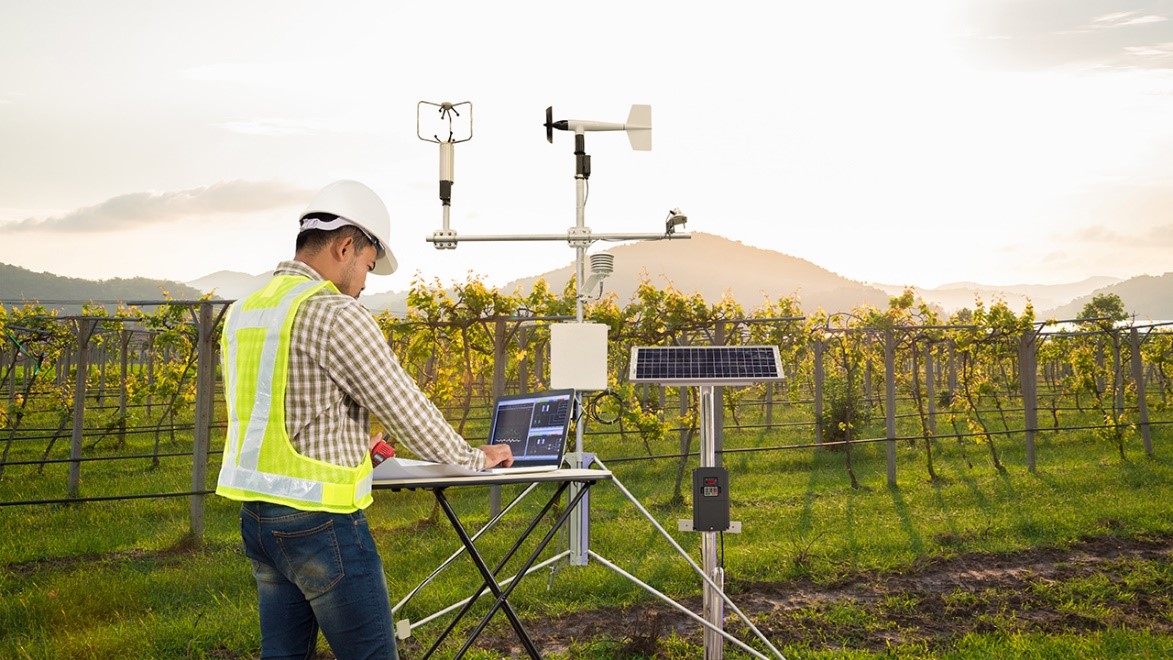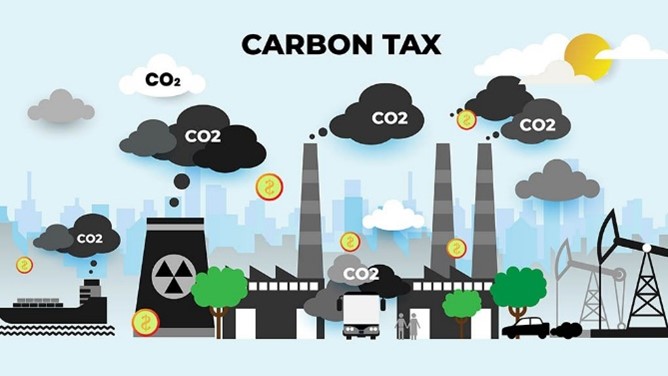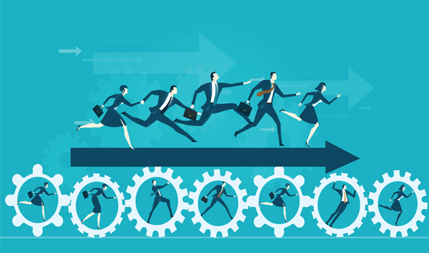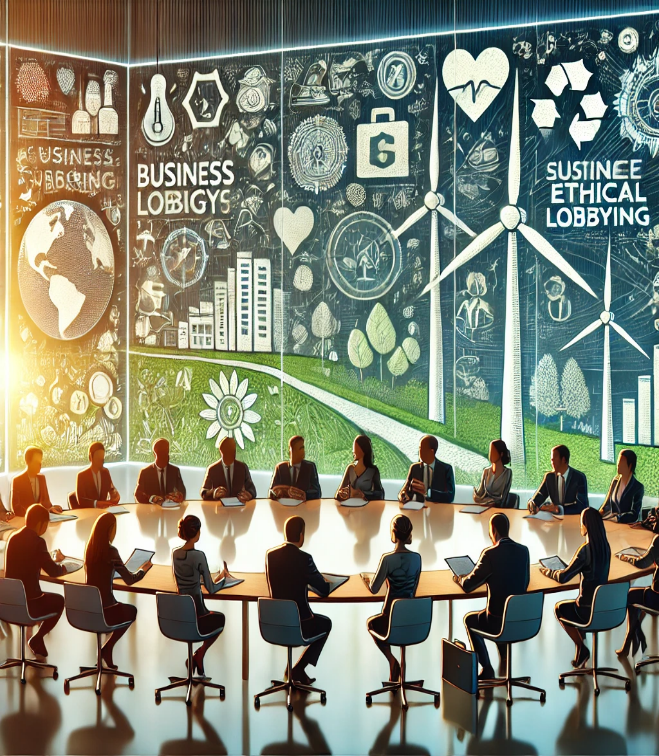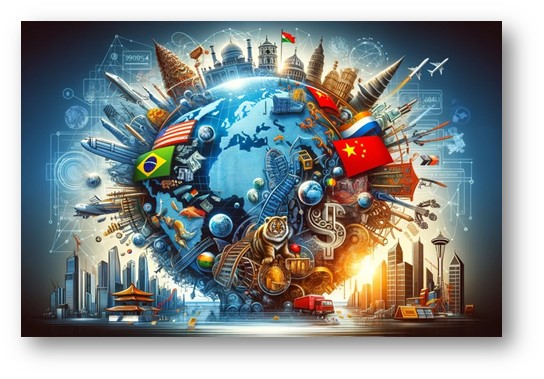How is generative AI reshaping creative fields like art and music?

How is generative AI reshaping creative fields like art and music?
by Maximilian 04:41pm Feb 03, 2025
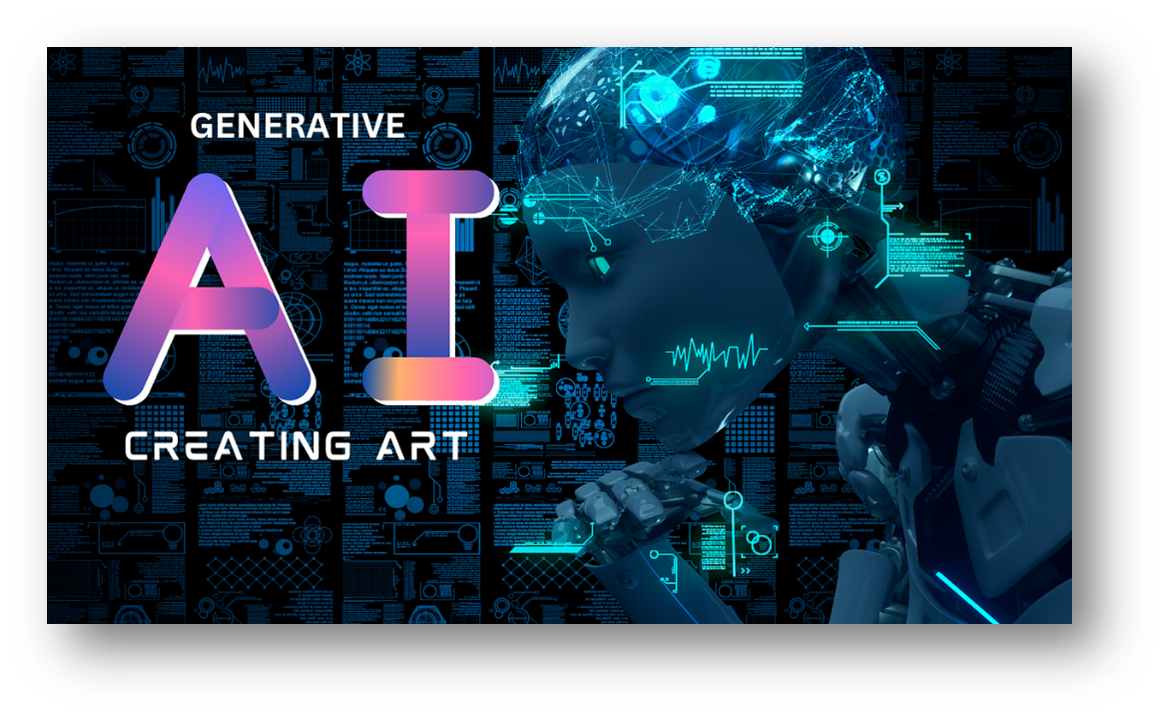
Generative AI is transforming creative fields like art and music in several profound ways by enabling new forms of expression, streamlining workflows, and fostering collaboration between humans and machines. Here’s a closer look at how it’s reshaping these fields:
1. Expanding Artistic Possibilities
Creative Augmentation: Generative AI tools like DALL·E, MidJourney, and Runway allow artists to generate intricate visuals or edit images with ease.These tools can act as creative collaborators, providing new ideas and perspectives.
New Art Forms: AI has enabled the creation of entirely new art genres, such as algorithmic art, where generative models create works based on input data or predefined styles.
Customizable Styles: Artists can use AI to mimic or blend different artistic styles, creating hybrid works that would be difficult to achieve manually.
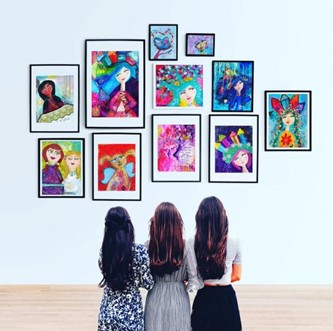
2. Democratizing Creativity
Lowering Barriers to Entry: With AI tools, individuals with little to no formal training in art or music can produce professional-quality outputs, opening up creative fields to a broader audience.
Accessibility Features: Generative AI can assist people with disabilities by translating ideas into tangible art or music, allowing for greater inclusivity.
3. Transforming Music Composition and Production
Automated Composition: AI tools like AIVA or OpenAI’s MuseNet can compose original music in various styles and genres, speeding up the creative process for composers and producers.
Sound Design: AI synthesizers and audio generation tools are revolutionizing sound design for film, games, and advertisements by generating unique sounds or enhancing audio quality.
Interactive Experiences: Generative music can adapt in real-time to user inputs, making it invaluable for applications in gaming, virtual reality, and live performances.
4. Revolutionizing Workflow and Efficiency
Idea Generation: AI can generate multiple drafts or versions of an artwork or piece of music, serving as a springboard for human creators to refine their vision.
Post-Production Tools: In both art and music, generative AI is streamlining editing processes, from color grading and photo enhancement to audio mixing and mastering.
Time Savings: Automating repetitive tasks allows creators to focus on higher-level decision-making and innovation.

5. Collaboration and Co-Creation
Human-AI Synergy: Artists and musicians are increasingly using AI as a collaborator. This dynamic allows for a blend of human intuition and AI’s ability to process vast datasets.
Interactive Installations: Generative AI enables immersive experiences, such as interactive art installations or music performances that evolve based on audience input.
6. Ethical and Philosophical Implications
Redefining Authorship: The use of AI raises questions about ownership and authenticity. Who is the creator when a machine plays a significant role in the output?
AI as Artist: Some generative models create works with minimal human input, challenging traditional notions of creativity.
Cultural Impact: AI can remix cultural symbols or motifs, sparking both innovation and debates about appropriation.
Challenges and Considerations
Over-Reliance: There’s a risk that creators might lean too heavily on AI, potentially stifling personal creativity.
Quality and Originality: While AI can generate impressive outputs, the results may lack the depth, emotion, or narrative intent found in purely human-created works.
Ethics and Bias: AI models trained on biased datasets may unintentionally perpetuate stereotypes or exclude certain cultural perspectives.
In essence, generative AI is not replacing human creativity but augmenting it, allowing artists and musicians to explore uncharted territories while fostering a redefinition of the creative process. The collaboration between human imagination and AI-driven innovation is setting the stage for a new era in creative expression.



